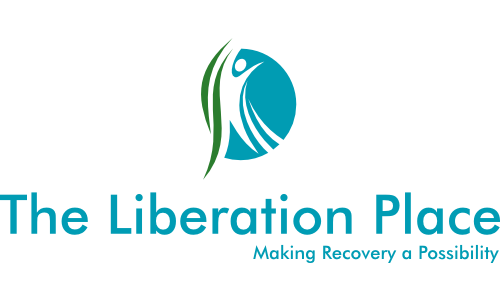The Vulnerable Child
At the core of your personality is a vulnerable child. This is not just the case for you alone, in my opinion, and from the perspective of a Schema Therapy approach, there is a vulnerable child at the core of every single one of us. All 8 billion people, wandering around on this third rock from the sun called earth, have a history to our lives. We have stories about what happened to us, and we carry around a vault filled with incidents and encounters that we generally refer to as our past. Out of all these experiences, the things that we are exposed to when we are children are probably the most impactful. It is at this impressionable time of our lives that the Vulnerable Child is created. The more shameful, sad, guilty, or lonely we felt in our formative years, the more Vulnerable the child is at the core of our personality system. Whether these emotionally impactful experiences were true in actuality, or just a perception that we created due to our limited understanding at that time, is completely irrelevant.
All of these experiences are valid because they come together in the creation of our emotional vulnerabilities, and so, when the Vulnerable Child is activated in our system, we experience the distress associated with any, and all, of our unmet childhood needs. They come to the forefront as the possibility of experiencing the intense emotions we were previously exposed to. Things like guilt, shame, sadness, and loneliness become a very real possibility, and our system goes into a state of fear. As a result, we are often left with feelings of worthlessness, a sense that we are unlovable, and a general feeling of pessimism and fragility. When in this mode, we feel the helplessness of a young child, and we may often look to others for help and protection from the overwhelming emotional experience that we’re having. Our system goes into high alert, seeking the support, or behaviour, it desperately wants to meet the unmet need, and keep the Vulnerable Child safe from the experience of its perceived fragility.
“Understanding my underlying issues meant stepping into my biggest fears, turning towards the things I had been running from for most of my life, choosing not to escape from my perception of reality, and facing the responsibility of living the life I wanted to live.”
~Steven Morris RP
Coming to grips with why I was living an addictive lifestyle ultimately meant understanding the Vulnerable Child at the centre of my personality. This was one of the most challenging parts of my own recovery journey. Each of us spends a considerable amount of time running away from the stories that this particular part of our personality holds onto. These stories are linked to our unmet childhood needs, and they generate our core beliefs about how life is, who we are, and who other people will be if we don’t pay attention to their behaviours. Living the Life I want to Live means accepting these vulnerabilities as a part of who I am, facing the things I am afraid of, and stepping into the feelings I am constantly avoiding. Running from fear of shame, guilt, sadness and loneliness was driving my addictive behaviour, keeping me stuck in a cycle of using. When we put structure and schedule into our daily activities it activates the stories we have about our world and creates the opportunity for growth through behavioural change.
Our personality system is set up to protect our vulnerable child, it is driven to keep it safe from the emotional impact of the stories we have created over time. These stories do have some basis in “reality” as they exist because of our own unique experiences. Generally, these stories have no foundation in the actuality of our current circumstances though, as we are usually reacting to our tales from the past, not dealing with the situation we are currently in. In essence, this means we are constantly living into our past. Understanding the Vulnerable Child is probably the most important part of our recovery journey, it is the key to changing our addictive and compulsive behaviours. Whether this child is sitting in guilt, shame, sadness, or loneliness will surface as we go through the work, and doing the work is the only way to change.
In the PDF below, you will find a documented version of this page along with a worksheet that’s designed to help you figure out what the Vulnerable Child looks like when it's activated within your personality system. Take some time to download it, print it out, and work through the questions and exercises contained in it slowly. If you can, allow yourself to sit with the experience of the Vulnerable Child. Keep in mind, this will be an extremely difficult thing to do as the emotional experiences this part is holding are the very reason we are using addictive, compulsive and obsessive behaviours to escape from the possibility of this experience. If you attempt these exercises and it begins to overwhelms your system, don't worry. In fact, this is probably what will happen when you first take it on. We can come back to this part at a later date when we have the ability to manage the coping mechanisms protecting it.
Download the PDF Worksheet for this page
Follow us on Social Media





